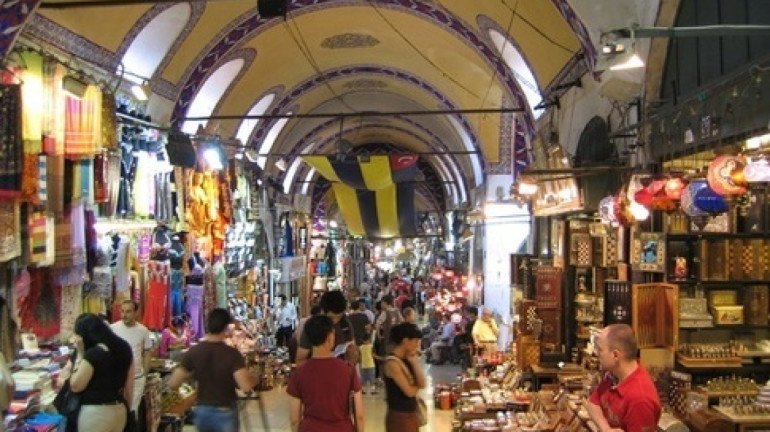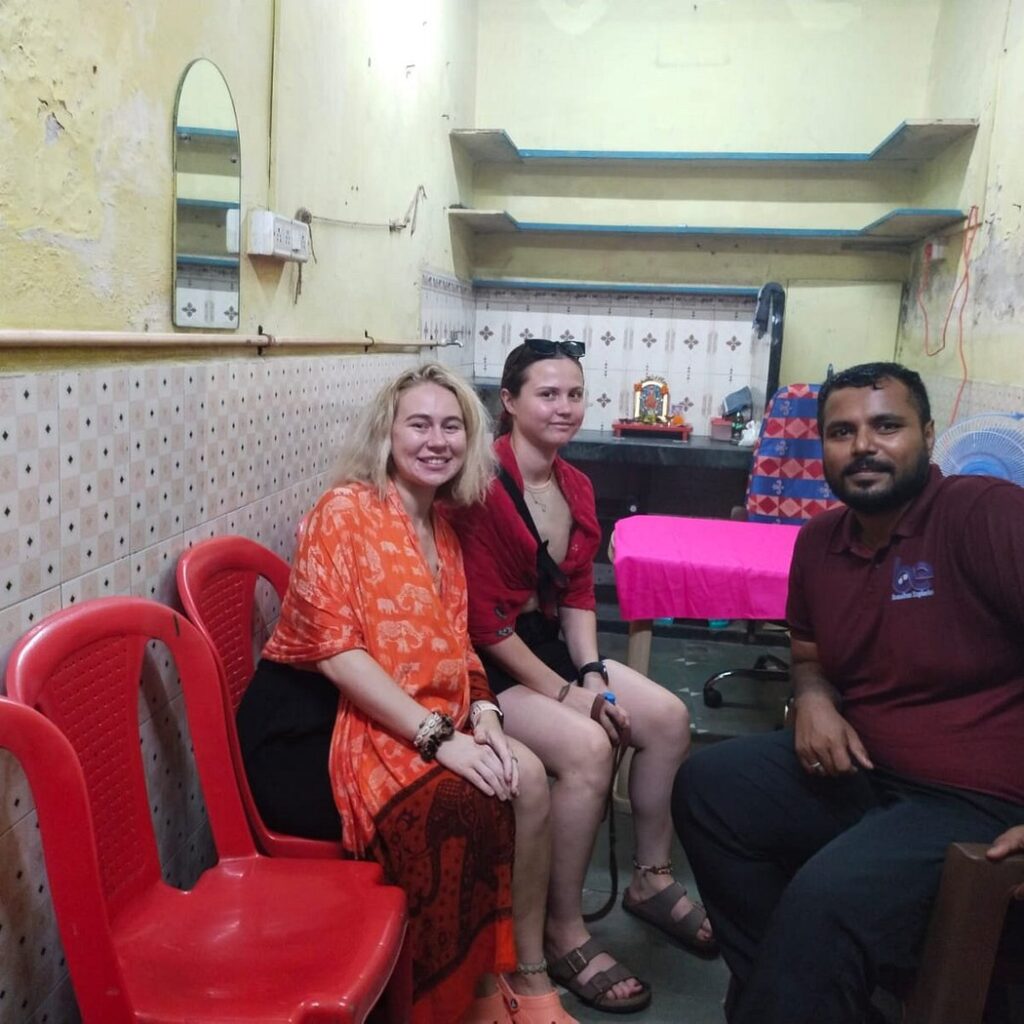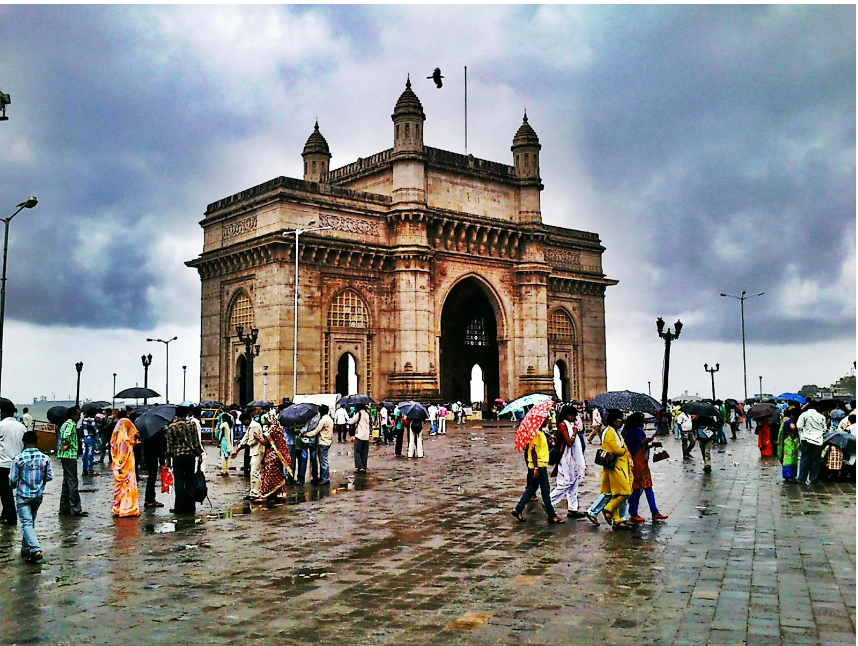Mumbai city’s streets are adorned with a plethora of markets where you can find everything from fashion apparel and accessories to traditional crafts and antiques. If you’re a shopaholic looking for unique finds and bargain deals, here are six must-visit places for street shopping in Mumbai.
- Colaba Causeway
Colaba Causeway is a bustling street market located in South Mumbai near the iconic Gateway of India. It’s a shopper’s paradise, offering an array of options including trendy clothes, jewelry, accessories, artifacts, and souvenirs. From vintage items to bohemian clothing, this market has something for every style and budget. Don’t forget to hone your bargaining skills for the best deals. - Linking Road, Bandra
Linking Road in Bandra is a favorite haunt for fashion enthusiasts. This bustling street is lined with shops selling trendy apparel, footwear, bags, and accessories. Whether you’re looking for the latest fashion trends or unique indie designs, Linking Road has it all. Bargain hard, and you’ll leave with a stylish wardrobe without breaking the bank. - Fashion Street, Churchgate
Fashion Street, located near Churchgate Station, is a renowned shopping destination known for its affordable clothing and accessories. From casual wear to formal attire, this market caters to a diverse range of tastes. The sheer variety and budget-friendly prices make it a go-to place for college students and budget shoppers. - Zaveri Bazaar, Bhuleshwar
For those seeking exquisite jewelry and gemstones, Zaveri Bazaar is a must-visit. Situated near Bhuleshwar, this market is one of the largest jewelry markets in Mumbai. You’ll find a dazzling array of gold, silver, diamond, and gemstone jewelry at competitive prices. It’s the perfect place to pick up beautiful ornaments for special occasions. - Dharavi Leather Market
Dharavi, one of Asia’s largest slums, might seem an unlikely shopping destination, but it’s home to a thriving leather industry. The Dharavi Leather Market is known for its high-quality leather products, including bags, belts, wallets, and jackets. Visitors can witness the craftsmanship and purchase leather goods at reasonable prices. - Hill Road, Bandra
Hill Road, situated in the bustling suburb of Bandra, is a mix of street shopping and small boutiques. It’s famous for its trendy apparel, accessories, footwear, and home decor. The market offers a blend of both branded and non-branded items, ensuring there’s something for everyone’s taste and budget.
Mumbai’s street markets are more than just places to shop; they are a reflection of the city’s vibrant culture and diversity. Exploring these bustling markets gives you a glimpse into the heart and soul of Mumbai, where the art of bargaining and the joy of discovering unique finds combine to create a memorable shopping experience.
Whether you’re a tourist looking for souvenirs or a local seeking fashionable steals, Mumbai’s street shopping has something for everyone. So, put on your shopping shoes, bring your bargaining A-game, and get ready to uncover hidden treasures amidst the lively streets of Mumbai!




